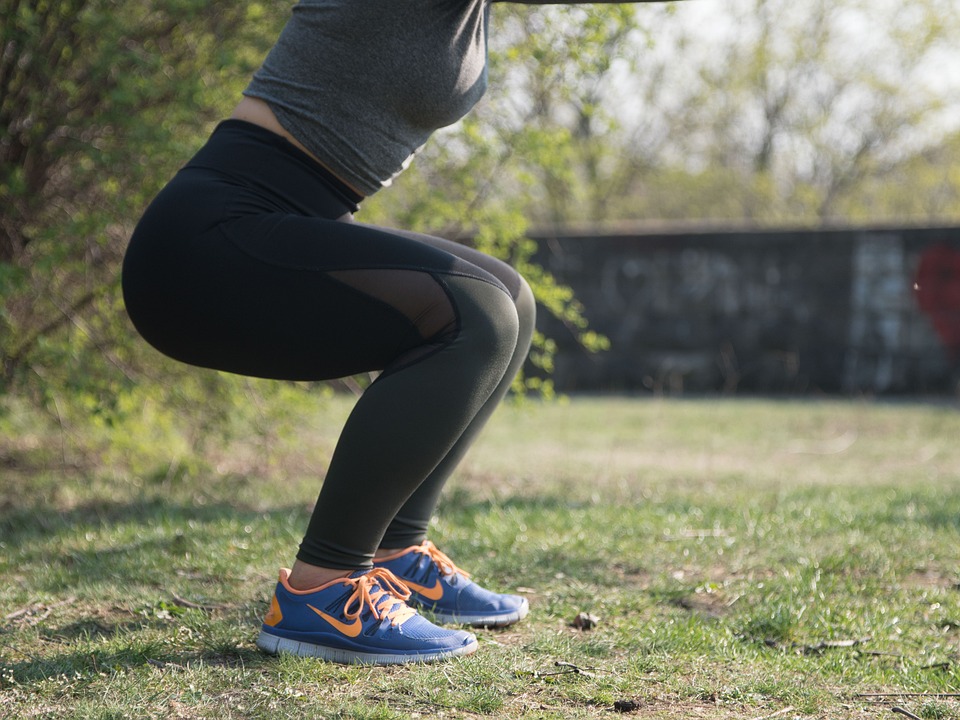Exercise After Knee Replacement Surgery

After years of wear and tear, it’s no wonder that we sometimes have to pay special attention to our joints—most especially knees and hips. Chronic pain from an injury to joints or even arthritis can motivate people to seek knee replacement surgeries. After surgeons remove the damaged portions, patients experience less pain but are left wondering 1. Can I ever work out the way I used to? and 2. Can/should I incorporate weight training back into my fitness regimen?
As a Fort Collins personal trainer, I can answer both questions with a resounding YES. In fact, the best thing a replacement surgery patient can do (with the approval of your orthopedic surgeon and medical staff, of course) is weight training—a surefire way to strengthen the muscles surrounding your new knee and hasten the healing process post-surgery.
Weight Training After Knee Replacement Surgery
Although not common knowledge, your strength training regimen (also known as physical therapy) will begin shortly after surgery. Gradually, patients move from having little to no strength in the affected knee to successfully executing all sorts of leg lifts, extensions, and heel raises over a 6-8 week period. Once patients can do these sorts of leg exercises in a pain-free way, therapists will begin to up the ante—challenging patients with increased weights like ankle weights or resistance bands. This stage requires a steady commitment from knee replacement surgery patients. If done daily, it’s possible for normal strength to return.
Types of Exercises
At this stage of the game, workouts become much like those that patients performed before knee replacement surgery. Ideally, knee replacement patients can do any and all of the “normal” training moves done with free weights and machines. It’s perfectly reasonable for patients to perform squats and lunges as part of a lifelong workout. However, I would advise staying away from leg extensions. Just because patients undergo surgery doesn’t change how many reps need to be done or what those reps should look like/feel like to the patient. In fact, the standard 10-12 reps still apply here.
Body Position After Knee Replacement Surgery
One thing changes, however. Post-surgery knee replacement patients are strongly advised to seek out a knowledgeable personal trainer. Though patients often feel great, recover quickly and regain workout “ground” lost to time post-surgery, they must be especially careful with how they position their bodies/ankles/knees relative to one another. This especially applies to weight machine training. Set machines so that your knee doesn’t bend more than 90 degrees. Make sure your knees don’t go past your toes when lunging and get adequate rest between training sessions. Personal trainers can help clients maintain proper alignment, give encouragement and help evaluate progress.
It’s important to remember that weight training like this is a lifelong path for patients who hope to maintain knee flexibility and strength. As they say, “You snooze, you lose.” So get back to the gym after your knee replacement surgery. Take it slow and steady. Focus on small attainable goals and build up that new knee strength.
